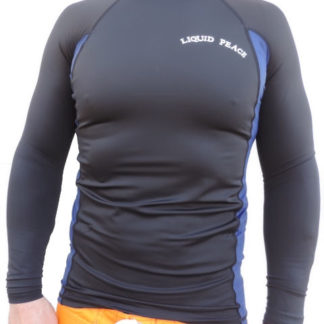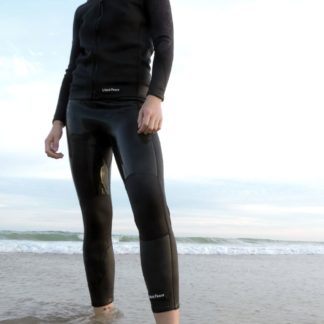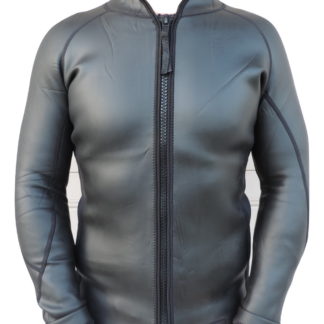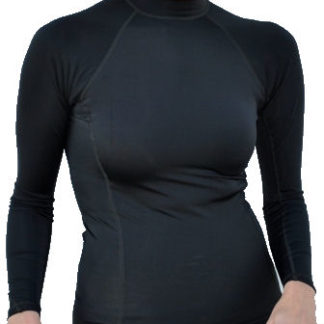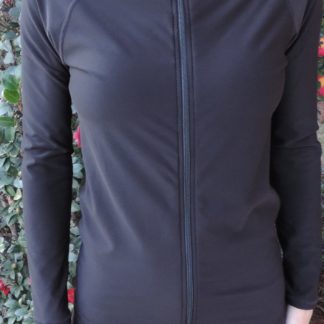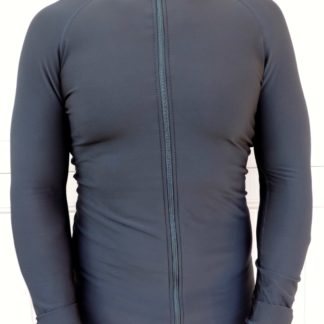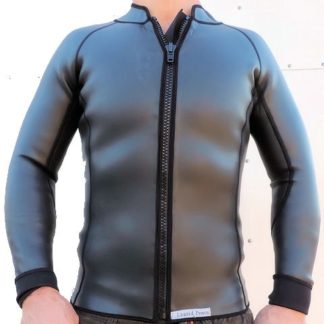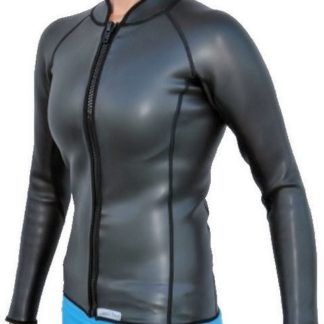Water & Sun safety tips
Water & Sun safety tips:
1. “Buddy up”, don’t swim alone.
2. Swim in Lifeguard supervised areas, especially children.
3. Know the rules, read the posted signs & adhere to lifeguards directions, rules serve to protect.
4. Watch the water, be aware of the potential hazards. Ask about hazards, rip currents, rogue waves.
5. Feet first, never head first, take the time to survey the environment.
6. Children & Inexperienced swimmers should utilize US coast guard approved flotation.
7. Save your skin, apply sunscreen, sunblock & wear rash guards, hats and sunglasses.
8. Take a course in C.P.R., artificial respiration & rescue skills.
9. Stay hydrated but avoid alcohol.
10. Get fit & stay fit and understand your limitations, ” any doubt, don’t go out”!
Paddle boaters ~ Kayaking & Canoeing basic safety tips:
1. Know and follow all local, state and federal laws.
2. Wear a U.S. Coast Guard approved life jacket.
3. Obtain the knowledge, skills and ability necessary for kayaking and canoeing.
4. Know how to swim an self-rescue. “Practice makes perfect” !
5. Boat in groups, 3 boats is a recommended minimum.
6. Pick an activity level that matches your ability, and progress to more demanding levels,” know your limits”.
7. Pack appropriate safety, rescue,navigational aids, water,food, protective clothing & sunscreen.
8. File a float plan, with friends,,family, or the authorities & check the weather, & water conditions.
9. Monitor your physical and emotional condition, and watch your friends for fatigue, illness, and changes in behavior.
10.Wear bright colors and carry a bright light, flares, and whistle to signal your position.
11. Check your equipment, make sure everything is working from top to bottom.
12.Take a boating safety class offered by the U.S. Coast Guard Auxiliary, learn CPR & 1st aid.
Fishing Safety tips:
If using a boat to fish, wear a life jacket and make sure each passenger wears one, too.
Inspect waterfronts daily—the natural environment is subject to change without notice.
Don’t fish in areas where it is not permitted. These areas have been declared “off limits” to protect wildlife, vegetation, or for your safety.
When choosing a site for fishing, always consider safety factors. Because fishing is practiced in a variety of environments, evaluate factors specific to safety in each environment.
Weather is always a factor. Set up a weather committee or rotate weather forecasting responsibilities.
Bring along extra safety items such as water, flashlights, maps, and a cell phone or radio.
Always wear footwear appropriate to the conditions.
Stay dry, warm and protected from the elements. Wear a waterproof sunscreen with an SPF (sun protection factor) of at least 15. Wear thin layers of clothing that progress outward to include water and wind protection as the final layer.
Use appropriate insect protection measures, including proper clothing and repellents.
Keep fishing knives sharp and cover the blade when not in use.
Handle fish carefully & when baiting & removing hooks.
Use safety glasses when casting.
Shark Avoidance tips:
1. Avoid murky, cloudy water.
2. Swim, surf, dive, snorkel or play in groups.
3. Try to stay close to shore to insure immediate assistance.
4. Be alert to areas where birds are feeding.
5. Do not enter water with open wound.
6. Understand that sunrise & sunset are favorite feeding times.
7. Do not wear shiny objects.
8. Do not splash excessively.
9. Sharks like areas between sandbars and drop offs.
10.Use your noggin, if sharks are present or sighted stay out of the water.
11.Remember, shark attacks are rare & usually a mistake by the shark.
Safety & Protection Tips:
Find some shade, especially during the sun’s peak hours (10:00am-4:00pm).
Always wear a broad-spectrum sunscreen with a sun protection factor (SPF) of 15 or higher.Use a sunscreen block on problem areas like the nose, ears, neck,lips, cheeks & hands. Utilize sunscreens, sunblocks & lip balm that are water-resistant if you plan to swim or exercise. Sun damage occurs even on cloudy & cold days.
Wear rash guards with a high SPF rating if you are on the beach or in the water. Cover up with clothing, especially a broad-brimmed hat and UV-blocking sunglasses.
Avoid tanning parlors and artificial tanning devices. The ultraviolet light from the tanning booths can cause skin cancer and make the skin age prematurely.
Get vitamin D safely through a healthy diet that includes vitamin supplements.
Keep newborns out of the sun. Sunscreens can be used on babies over the age of six months.
Check with your doctor to be sure about medication interactions with the sun.
Teach children good sun-protective practices and be a role model, do, as well as teach!
Examine your skin from head to toe once every month.
Have a professional medical examination annually. Always get new skin lesions checked by a physician promptly.
Avoid tanning and especially — do not burn! One blistering sunburn can double your risk of melanoma.
Check UV index scale for all your outdoor activities!
